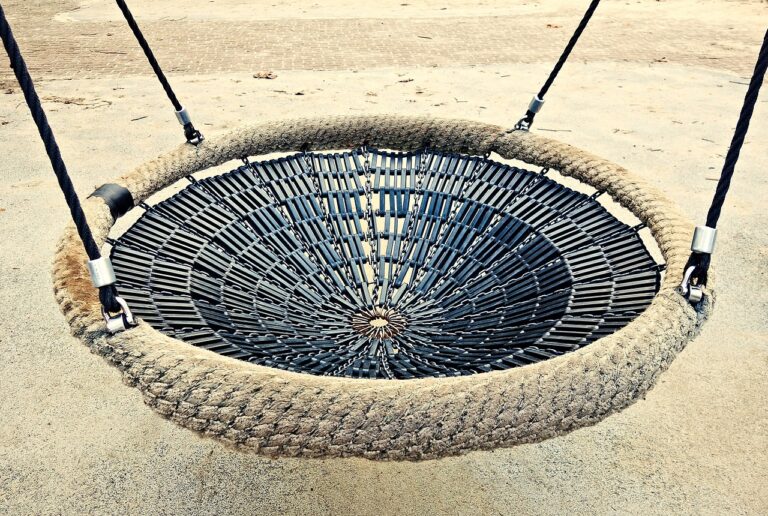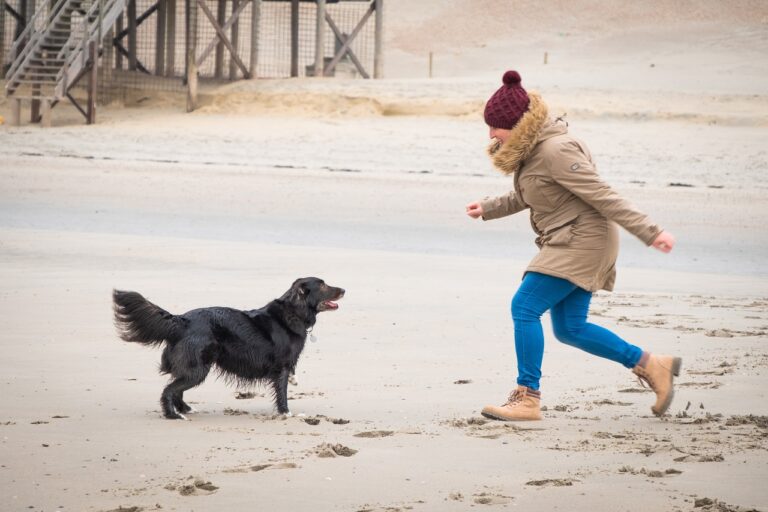Plastic Surgery for Facial Paralysis: Cross-Facial Nerve Grafting vs. Muscle Transfer: 99 exchange bet, Laser247 register, Yolo247
99 exchange bet, laser247 register, yolo247: Plastic surgery offers a range of options for treating facial paralysis, with two common techniques being cross-facial nerve grafting and muscle transfer. Both procedures aim to restore facial movement and expressions in patients suffering from paralysis. In this article, we will explore the differences between these two techniques and the factors to consider when choosing between them.
Understanding Facial Paralysis
Facial paralysis can result from various causes, such as trauma, stroke, Bell’s palsy, or tumors. It can significantly impact a person’s quality of life, affecting their ability to smile, blink, or speak. Plastic surgery plays a crucial role in helping patients regain their facial function and appearance.
Cross-Facial Nerve Grafting
Cross-facial nerve grafting involves taking a healthy nerve from one side of the face and connecting it to the paralyzed side. This allows for the transfer of signals from the functioning nerve to the paralyzed muscles, enabling facial movements. This technique is often used in cases where there is no possibility of restoring nerve function on the affected side.
Muscle Transfer
Muscle transfer involves taking muscle tissue from another part of the body, such as the thigh or abdomen, and transferring it to the paralyzed side of the face. This allows for the creation of new muscle connections, enabling facial movements. Muscle transfer is often recommended for patients with severe facial paralysis or when nerve grafting is not an option.
Choosing the Right Technique
The choice between cross-facial nerve grafting and muscle transfer depends on various factors, including the severity of the paralysis, the patient’s overall health, and personal preferences. It is essential to consult with a qualified plastic surgeon who can assess the specific needs and goals of each patient to determine the most suitable treatment option.
Recovery and Results
Both cross-facial nerve grafting and muscle transfer require a period of recovery, during which patients may experience swelling, bruising, and discomfort. It may take several months for full results to be visible, as the nerves and muscles need time to heal and adapt to the new connections. With proper care and rehabilitation, many patients experience significant improvements in facial function and appearance.
FAQs
Q: Is plastic surgery the only option for treating facial paralysis?
A: While plastic surgery offers effective solutions for facial paralysis, other treatment options, such as physical therapy or medication, may also be considered depending on the cause and severity of the paralysis.
Q: How long do the results of cross-facial nerve grafting and muscle transfer last?
A: The results of these procedures can be long-lasting, but periodic follow-up appointments may be necessary to monitor progress and address any changes in facial function.
Q: Are there any risks associated with cross-facial nerve grafting and muscle transfer?
A: Like any surgical procedure, there are risks, such as infection, scarring, or nerve damage. It is essential to discuss potential risks and complications with your surgeon before undergoing treatment.
In conclusion, plastic surgery offers effective solutions for treating facial paralysis, with cross-facial nerve grafting and muscle transfer being two common techniques. The choice between these procedures depends on various factors, and it is crucial to consult with a qualified surgeon to determine the most suitable option for each patient. With proper care and rehabilitation, many patients can regain facial function and improve their quality of life.







